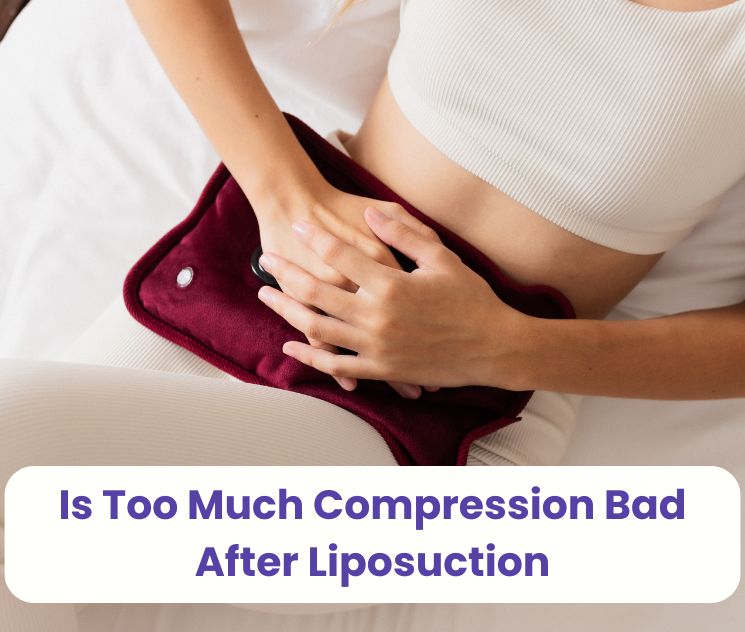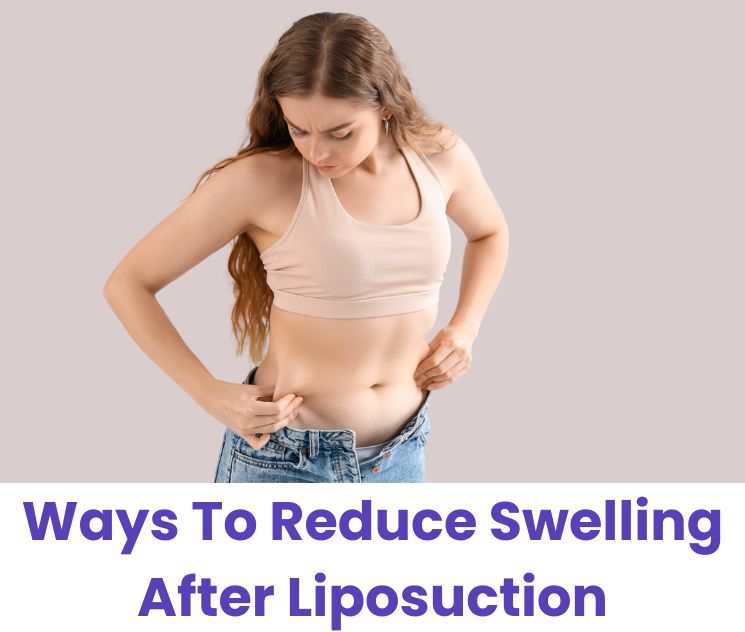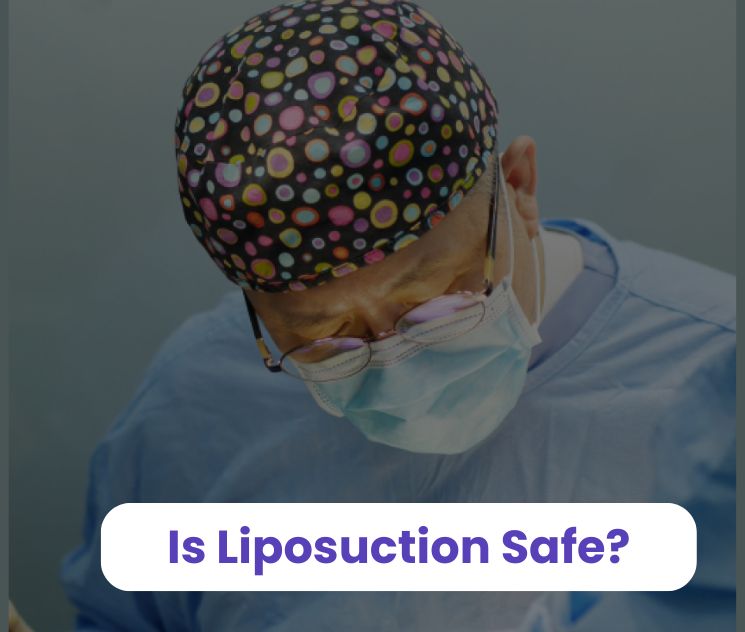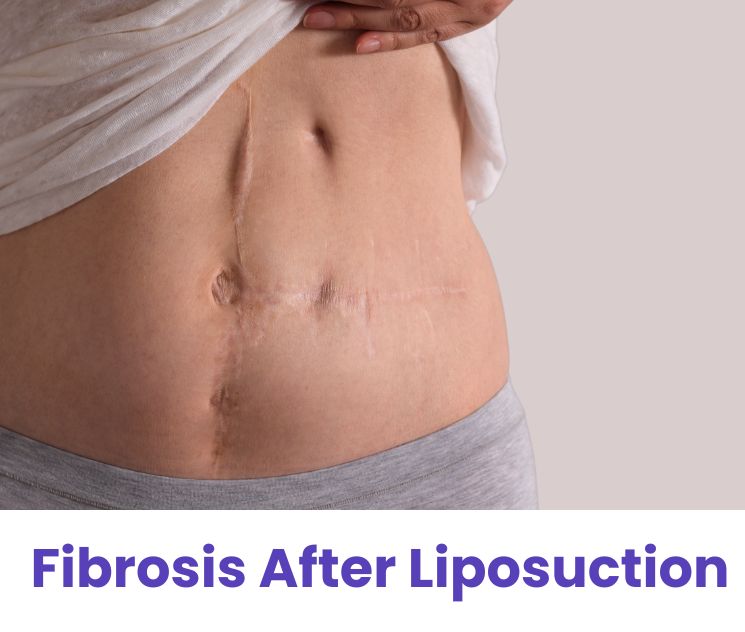Undergoing liposuction is an exciting step toward achieving your desired body shape, but the journey doesn’t end with the procedure. Post-surgery care is crucial to ensure your results are long-lasting and that your body heals properly.
One of the most important aspects of recovery is wearing compression garments, which are designed to support the body with proper compression and improve the healing process. These garments offer significant benefits in the healing process but if it is tight then excessive pressure can hinder the recovery process instead. These tight compression garments can cause discomfort and pain leading to risks such as poor blood circulation and nerve damage. To avoid these it is necessary to choose the right garments after the liposuction.
In this article, we’ll delve into the importance of compression after liposuction, the signs of proper and excessive compression. We will also explore the potential risk of excessive compression, and how to avoid the risks of excessive compression for a smoother and quicker recovery.
Contents
- 1 Understanding Compression After Liposuction
- 2 How Much Compression Is Too Much?
- 2.1 How Can You Tell If Compression Is Too Much?
- 2.1.1 Discomfort and Pain
- 2.1.2 Numbness or Tingling
- 2.1.3 Restricted Movement
- 2.1.4 Skin Irritation or Redness
- 2.1.5 Swelling or Fluid Buildup
- 2.1.6 Breathing Difficulty
- 2.1.7 Skin Discoloration
- 2.1.8 Visible Indentations or Marks
- 2.1.9 Persistent Pain in Specific Areas
- 2.1.10 Difficulty Sliding a Hand Underneath
- 2.2 What Happens If You Over-Compress After Liposuction?
- 2.1 How Can You Tell If Compression Is Too Much?
- 3 How to Find the Right Balance: Tips for Safe Compression
- 4 Conclusion
Understanding Compression After Liposuction
Proper compression after liposuction is crucial for a smooth and effective recovery. To apply proper compression, the surgeon recommends wearing compression garments to support liposuction recovery. Compression garments are special clothing made from tight-fitting, elastic materials to apply consistent pressure on the treated areas. These garments are not only essential for liposuction but also for procedures like Brazilian Butt Lifts (BBL), tummy tucks, and others.
During liposuction, fat is removed from between the skin and muscle, leaving empty spaces. These spaces need to be minimized to ensure proper healing, and compression helps achieve this by gently pressing the skin and underlying tissues together. By reducing the space created during fat removal, compression garments help prevent excessive fluid accumulation, reduce swelling, and aid in the skin’s adherence to the underlying tissues. This results in a smoother, more contoured appearance, ensuring the best possible outcomes post-surgery.
Dr. Abraham An. emphasizes that “Ensuring ideal compression after liposuction is important for better healing and the best recovery experience”.
How Much Compression Is Too Much?
Moderate, consistent compression is ideal. But if your garment is leaving deep indentations, causing numbness, or making it hard to breathe—you’re overdoing it.
The post-operative compression pressure required for liposuction to be successful was >40 mmHg on the lower leg and >20 mmHg on the thigh according to the “National Library of Medicine”. So the compression grading i.e. the scale of the amount of compression to be applied falls between 20-40 mmHg, depending on the treatment areas.
How Can You Tell If Compression Is Too Much?
While proper compression garments should feel comfortable, fit well, and aid in a quicker recovery, excessive compression can have the opposite effect. Too much pressure after liposuction can lead to discomfort and pain and potentially cause further complications.
Here are some signs that your compression garment may be too tight and providing more pressure than necessary:
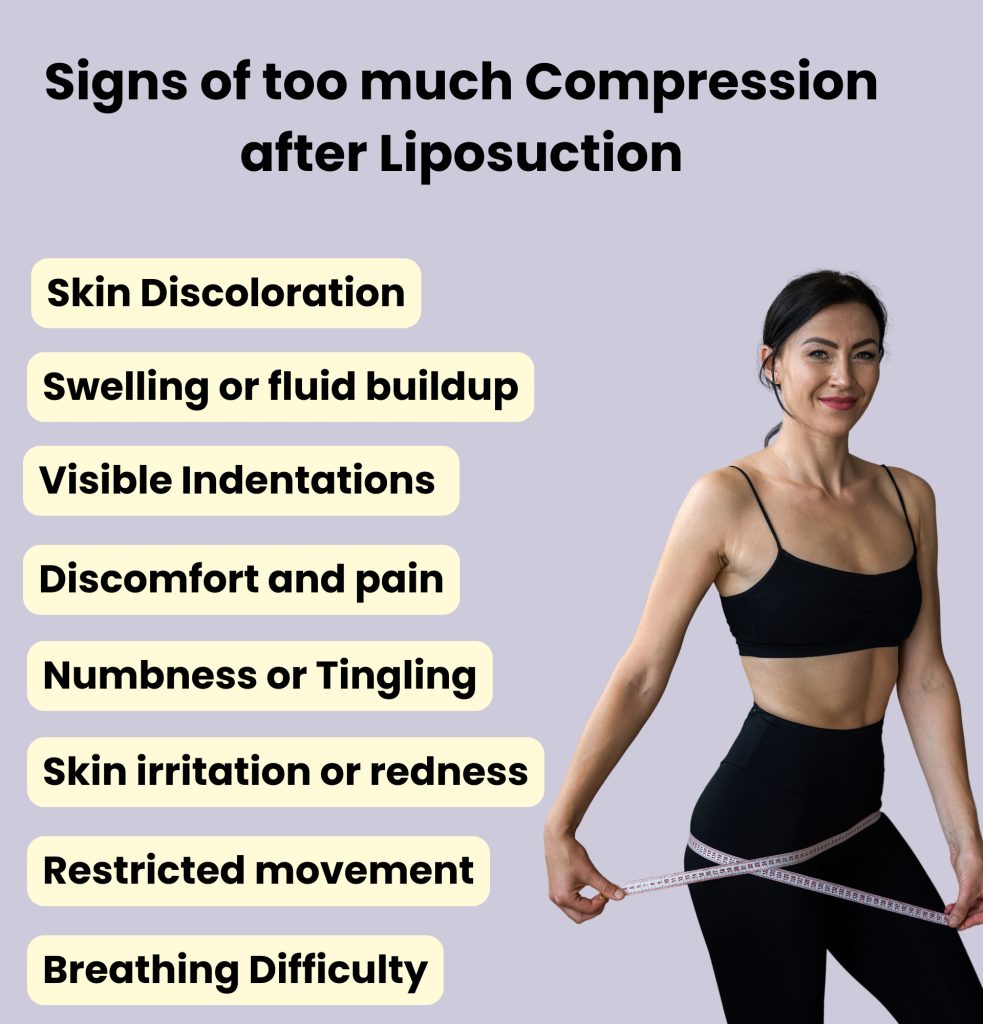
Discomfort and Pain
Compression should feel snug and comfortable. If you notice an increase in discomfort or aching pain after wearing the compression garment, it is likely a sign that you are over-compressing. Pain may increase during movements or when changing positions, as the compression garments fabric digs into sensitive, healing tissues. This added pressure can slow down the recovery process instead of speeding it up.
Numbness or Tingling
If you experience numbness or tingling, it’s a major sign that your garment is pressing too hard on nerves or blood vessels. While some mild numbness after liposuction surgery is normal, persistent numbness or tingling in areas that weren’t treated shouldn’t be ignored. This can be a sign of a compressed nerve, which, when left untreated, may lead to permanent nerve damage.
A proper compression garment should never block blood flow or oxygen, as this can deprive nerves of the vital nutrients they require. It’s important to recognize the symptoms early and take action to prevent further complications.
Dr. Abraham An advises that “if numbness persists after loosening or switching garments, you should contact your surgeon immediately”.
Restricted Movement
You should feel comfortable walking, bending, and sitting wearing your compression garment. If you feel restricted, stiff, or painful during movement, this might be due to compression garments compressing your joints or muscles too aggressively. Restricted mobility can increase the risk of blood clots, reduce your ability to perform gentle exercise, and even contribute to poor posture or back pain.
A well-fitted garment supports your recovery without restricting your movement. If you feel like you’re uncomfortable with movement or holding your breath just to get through daily motions, it’s a clear sign that the compression is overly aggressive.
Skin Irritation or Redness
Mild skin irritation or redness in early liposuction recovery is common, but if your skin is irritated, itchy, inflamed, or develops a rash more persistently, it can be a sign that your garment is tight and rubbing or trapping heat and moisture. This can lead to friction burns, contact dermatitis, or even bacterial infections.
A compression garment should always feel supportive, not suffocating or obtrusive. If redness occurs or spreads, you should immediately remove the garment and check for broken seams, poor-quality material, or areas of tight bunching that may be digging into the skin.
Swelling or Fluid Buildup
Excessive compression can restrict blood flow and cause fluid to accumulate, leading to swelling. A properly fitting garment should apply even pressure to reduce swelling and prevent fluid buildup. Swelling above or below the treated area may indicate an improper fit.
Breathing Difficulty
Your compression garment should never make you feel like you can’t catch your breath. Shortness of breath, chest pressure, or a “squeezed” sensation in your ribs or lungs is a serious sign the garment is far too tight—especially around the upper abdomen or torso. This symptom can also be a sign of a pulmonary embolism, which requires emergency care.
Skin Discoloration
Discoloration that appears dark, purple, bluish, or mottled after wearing the compression garment is a dangerous sign of impaired circulation. If blood isn’t reaching your skin evenly, tissues can become starved for oxygen. This is a serious issue that can lead to ischemia, which may develop into skin necrosis—a rare but devastating outcome.
Even temporary discoloration should be treated seriously. Compression is meant to help shape the healing tissue, not starve it. If your skin is changing color in any area under the garment—especially if it feels cold to the touch—remove it and contact your doctor immediately.
Visible Indentations or Marks
It can be a red flag if you notice lines, creases, or deep indentations in your skin after removing your compression garment. While temporary indentations or marks are common, persistent or uneven marks can be a sign of a garment that is too tight or that the pressure isn’t evenly distributed.
These marks can distort healing, creating lumps or irregular fat distribution. Worse, they can cause internal fibrosis or hardened tissue if ignored.
Persistent Pain in Specific Areas
Compression garments should never cause persistent pain. If you’re feeling sharp, burning, or focused pain in a specific area—especially where seams or edges press into your skin—your garment may be applying too much-localized pressure.
Pain that increases the longer you wear the garment or worsens when you sit or move is not normal. Ignoring it could lead to skin breakdown, internal bruising, or scar tissue forming unevenly. A properly fitted garment should offer support, not suffering.
Difficulty Sliding a Hand Underneath
A quick test that you can perform to check if the compression garment is comfortable is by checking if you can slide your hand underneath the garment at your waist to thigh comfortably. If you are not able to slide through it, it’s likely too tight. Compression garments should always be snug, not restrictive. Your hand should glide in with gentle resistance and not struggle to squeeze through.
This test helps you check whether blood and lymph can flow properly. If your hand can’t move freely, fluids can’t either—leading to swelling, discomfort, and slower healing.
What Happens If You Over-Compress After Liposuction?
Wearing a tight compression garment and overcompressing after liposuction can cause several recovery issues that can impact your final results. While compression garments are necessary to reduce swelling, support healing tissues, and help contour the body, wearing a too-tight garment does more harm than good.
Here’s exactly what can happen if you over-compress during your post-lipo healing period:
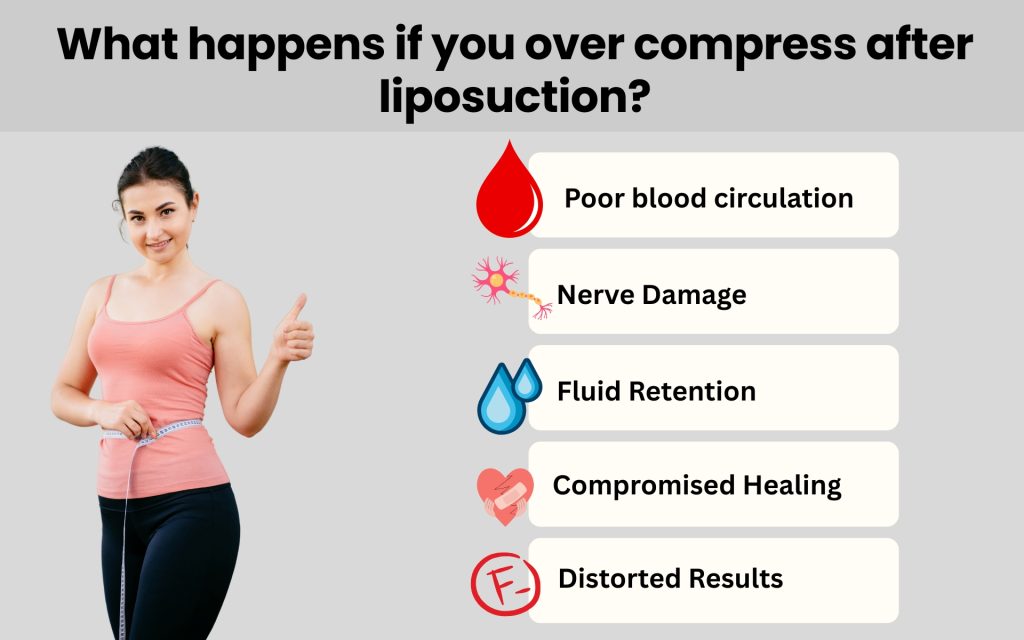
Poor Blood Circulation:
Over-compressing by wearing too tight a compression garment after liposuction can result in poor blood circulation. This prevents oxygen and essential nutrients from reaching healing tissues, increasing the risk of complications like:
- Delayed wound healing
- Skin discoloration or bruising
- Nerve damage
- Tissue death (in severe cases)
According to Dr. Abraham An: “Inadequate blood circulation can hinder your recovery after liposuction, leading to prolonged inflammation and increased pain”.
Nerve Damage
Excessive pressure on healing areas after liposuction can lead to damage in nerves, leading to numbness, tingling, or shooting pains. While temporary numbness is common after liposuction, over-compression increases the risk of long-term nerve injury. In extreme cases, this damage can be permanent.
Fluid Retention
When excessive pressure is applied to the treated area, the lymphatic system responsible for flushing out excess fluid after surgery can not effectively drain it. The block in natural lymphatic flow can result in fluid retention.
Symptoms of fluid retention include:
- Swelling in lower extremities like ankles or feet
- Puffiness in untreated areas
- Heaviness or tightness under the skin
Distorted Results
Over-compression after liposuction can lead to distorted results by altering the natural shape of the treated areas. If the compression garments are too tight or worn improperly, they can push the tissues in unnatural ways, causing uneven contours, lumps, or indentations. This can disrupt the smooth, toned appearance that liposuction aims to achieve, leading to unsatisfactory aesthetic outcomes.
To avoid distorted results, it’s important to wear compression garments as recommended by your surgeon, ensuring they provide even pressure and support for optimal healing.
Compromised Healing
Proper compression is necessary to recover effectively. When you apply excessive pressure, you restrict blood flow, oxygen, and nutrient delivery to the treated areas, delaying healing and increasing the risk of complications.
This can result in prolonged swelling, slower tissue regeneration, and a higher chance of infection or tissue damage. To support optimal healing, it’s crucial to follow post-operative instructions regarding the use of compression garments and to ensure they fit properly without causing excessive pressure.
How to Find the Right Balance: Tips for Safe Compression
You’ve probably heard the saying, “Prevention is better than cure,” and this is true when choosing compression garments after liposuction. Making the right choice early on can help prevent unnecessary discomfort and complications later. It’s crucial to select the best compression garment from the start.
To avoid the risks associated with excessive compression after liposuction, make sure to follow these practical guidelines:
Follow Your Surgeon’s Instructions
To get the right balance with compression after liposuction, it’s important to follow your surgeon’s advice. They will tell you the best type of compression garment to use, how tight it should be, and how long to wear it based on the condition of your body.
Everyone heals differently, so following these instructions will help you avoid too much or too little compression, ensuring a safe recovery and the best results. If you’re unsure about anything, ask your surgeon for help.
Need guidance? Dr. Abraham An at Lydian Clinic offers a free consultation to help you get started. With over 20 years of experience and 20,000+ successful procedures, you’re in expert hands.
Choose the Right Size and Fit
Wearing a properly fitted compression garment is essential for effective support and healing. A garment that’s too tight can cause discomfort and restrict circulation, while one that’s too loose may not provide adequate compression. Opt for garments with adjustable straps or fastenings so you can customize the fit as your body changes during recovery. This ensures consistent support, reduces discomfort, and promotes better healing.
Prioritize Quality and Breathability
For safe and comfortable compression, it’s important to use high-quality garments made from medical-grade materials. These are designed to give gentle, even pressure without digging into your skin. Look for breathable, moisture-absorbing fabrics that keep your skin dry by absorbing moisture or sweat and reducing the chance of irritation or rashes. Good-quality garments may be more expensive, but they last longer, feel better on your skin, and support proper healing throughout your recovery.
Look for Comfort and a Smooth Design
When choosing a compression garment, go for one with a smooth or seamless design. Garments with too many seams can rub against your skin and cause irritation, red marks, or discomfort. Before wearing it all day, try it on and check how it feels. It should be snug enough to give support but not so tight that it pinches or creates sore spots. You should be able to move and sit comfortably without feeling any pain. A soft, well-fitting garment helps you stay comfortable and supports healing throughout your recovery.
Consider Coverage Length
Choose a compression garment that provides the right level of coverage for the areas treated during liposuction. Whether you need a full-body garment or one targeting specific areas like the abdomen or thighs, make sure it covers all the necessary regions for optimal support and healing. This ensures that all treated areas receive even compression.
Conclusion
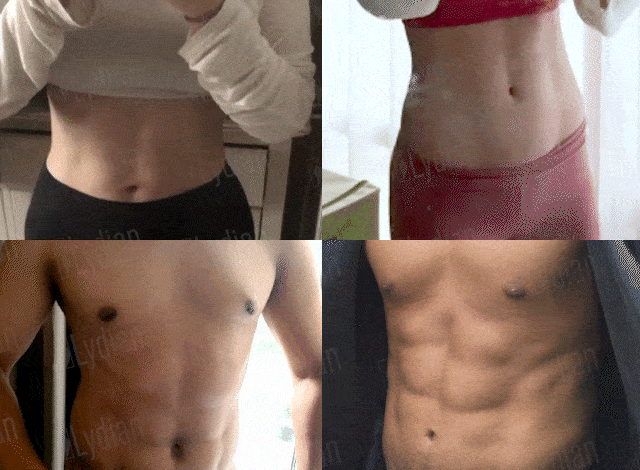
In conclusion, proper compression garments play an essential role in ensuring a smooth and successful recovery after liposuction. They help reduce swelling, support healing, and contour the body for optimal results. However, finding the right balance is key.
Excessive compression can cause discomfort and lead to serious complications, while insufficient compression may hinder the healing process. By following your surgeon’s advice, selecting the right size and fit, and paying attention to your body’s signals, you can avoid the risks associated with improper compression and enjoy a more comfortable, faster recovery. Always prioritize your comfort and consult your surgeon if you have any concerns about your compression garment.
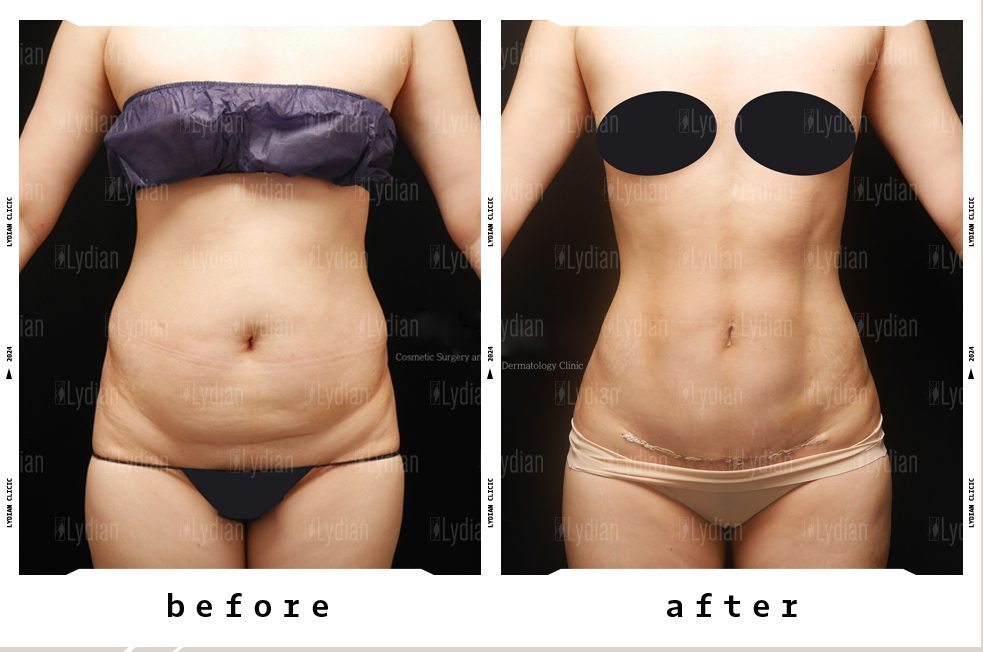


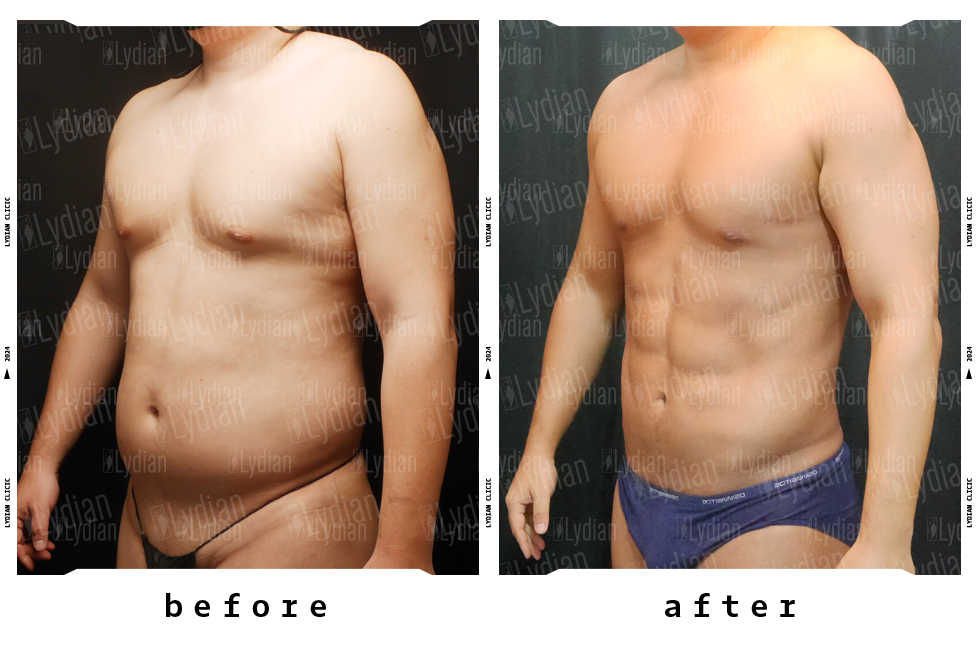










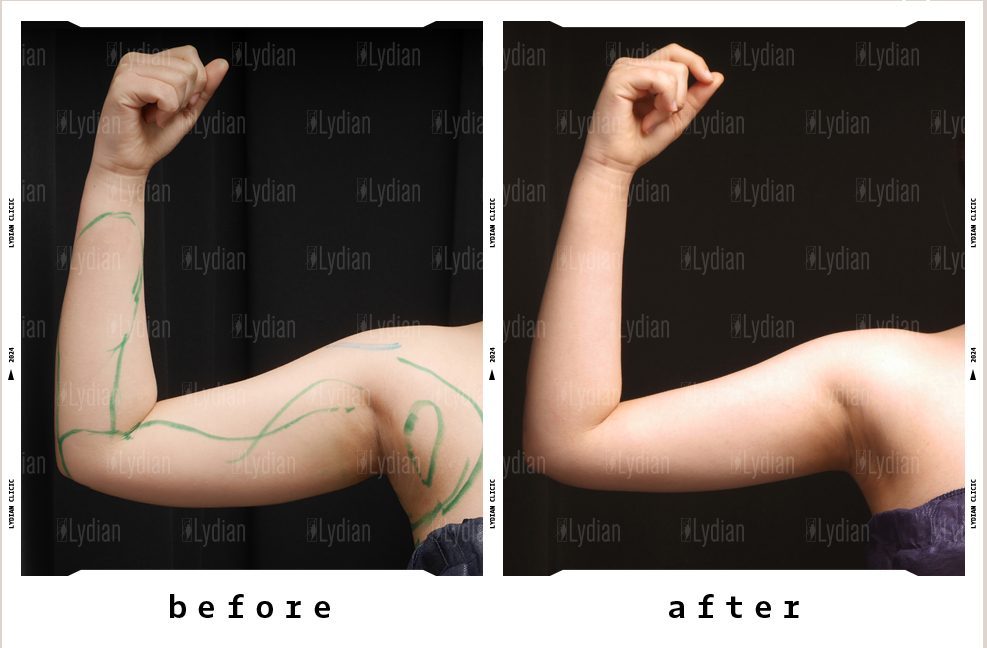
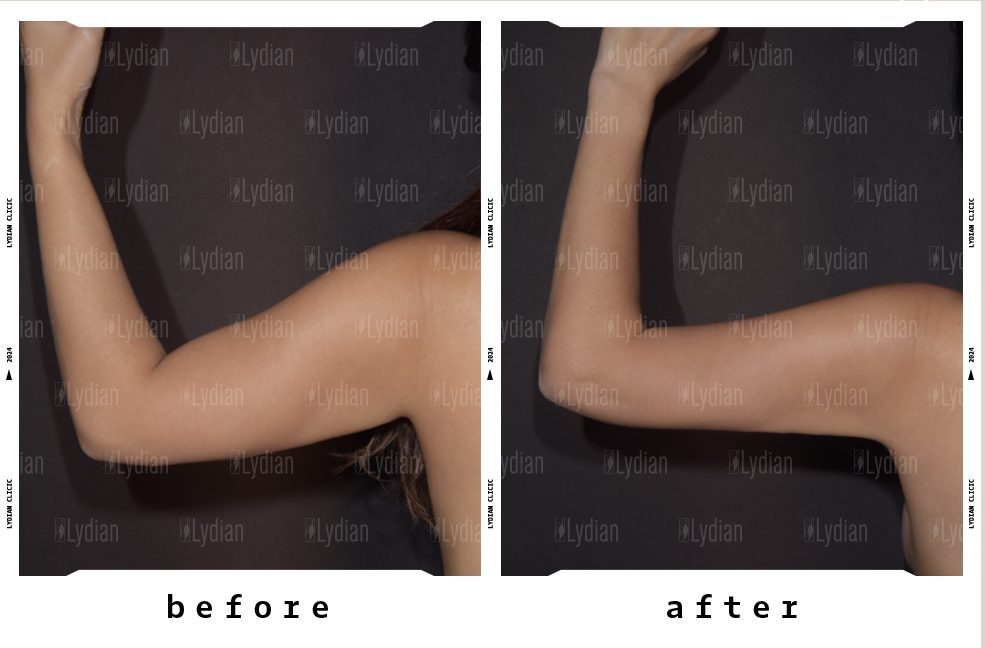
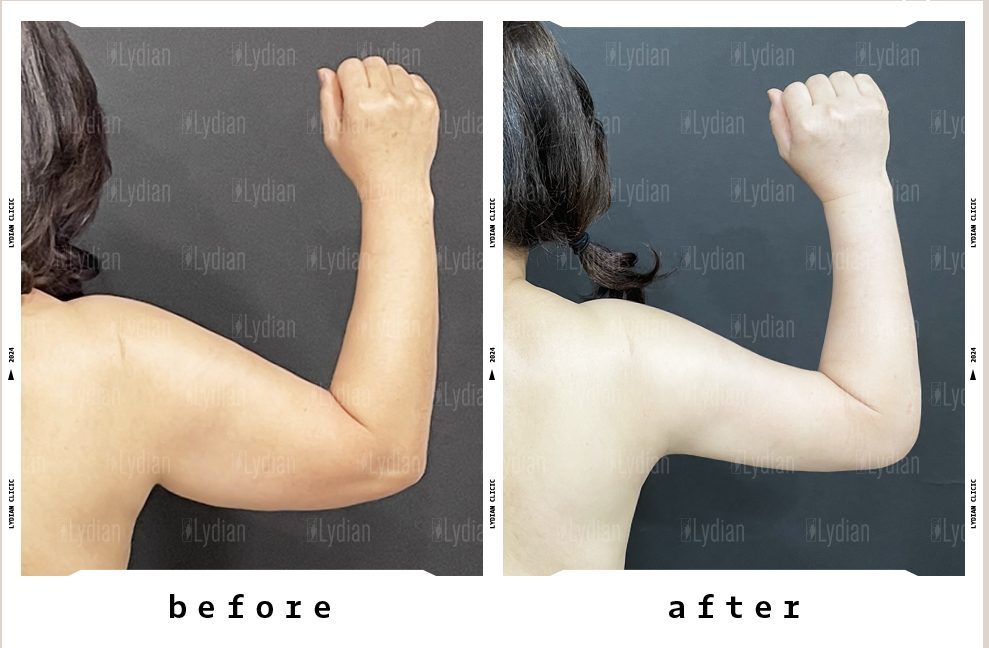

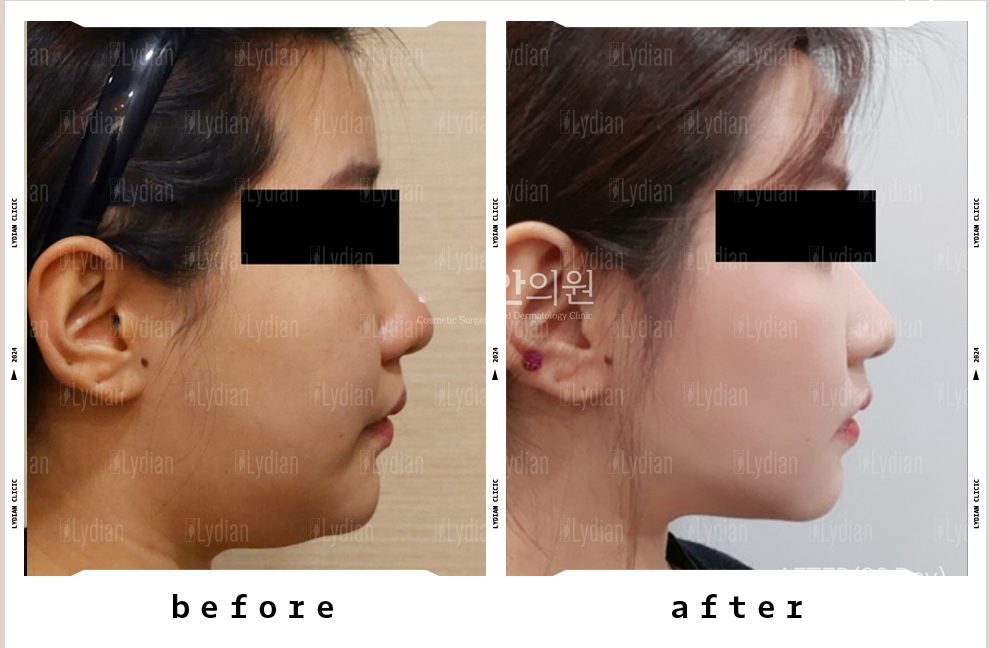

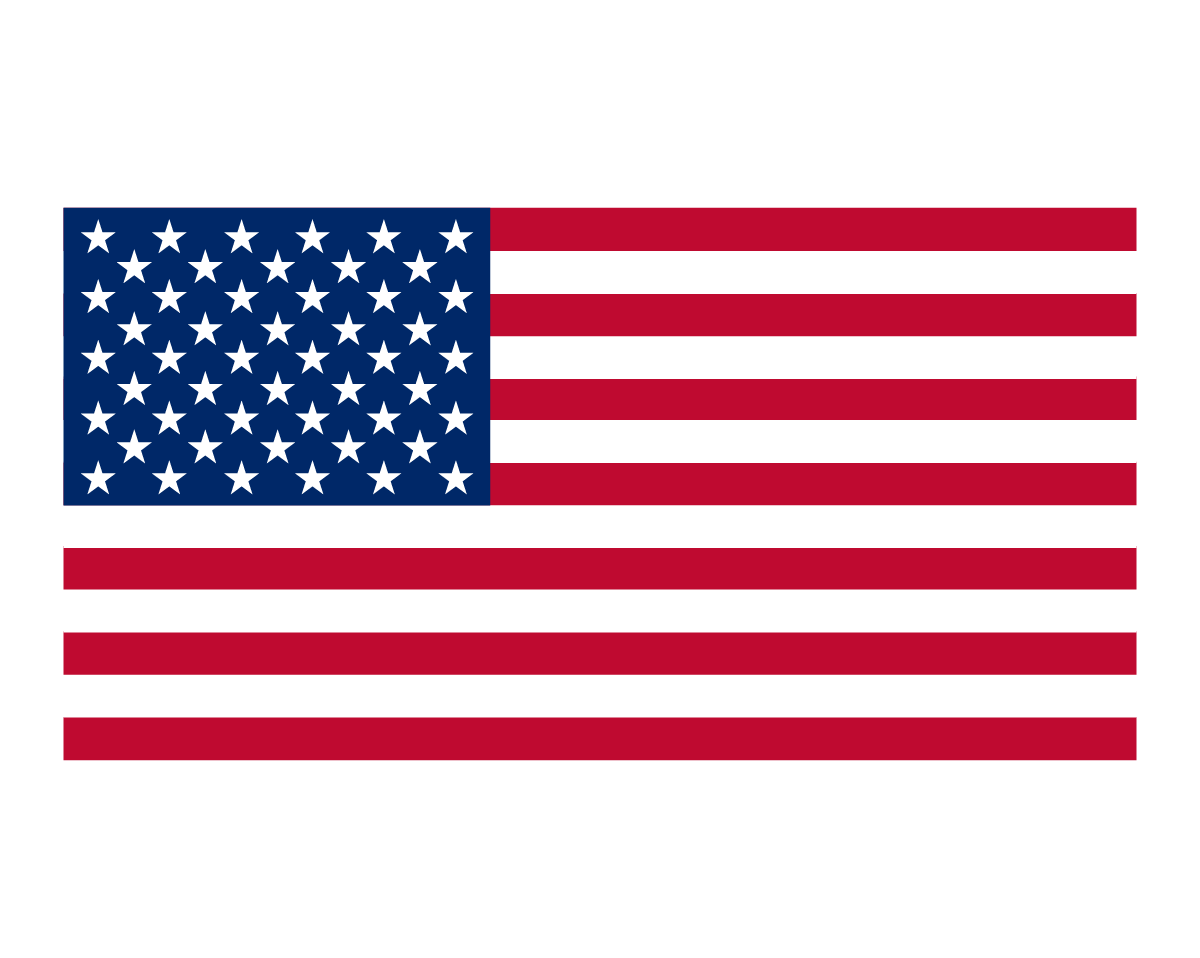 English
English 日本語
日本語 中文网站(繁体)
中文网站(繁体) Русский
Русский Bahasa Indonesia
Bahasa Indonesia ภาษาไทย
ภาษาไทย Tiếng Việt
Tiếng Việt 대한민국
대한민국
